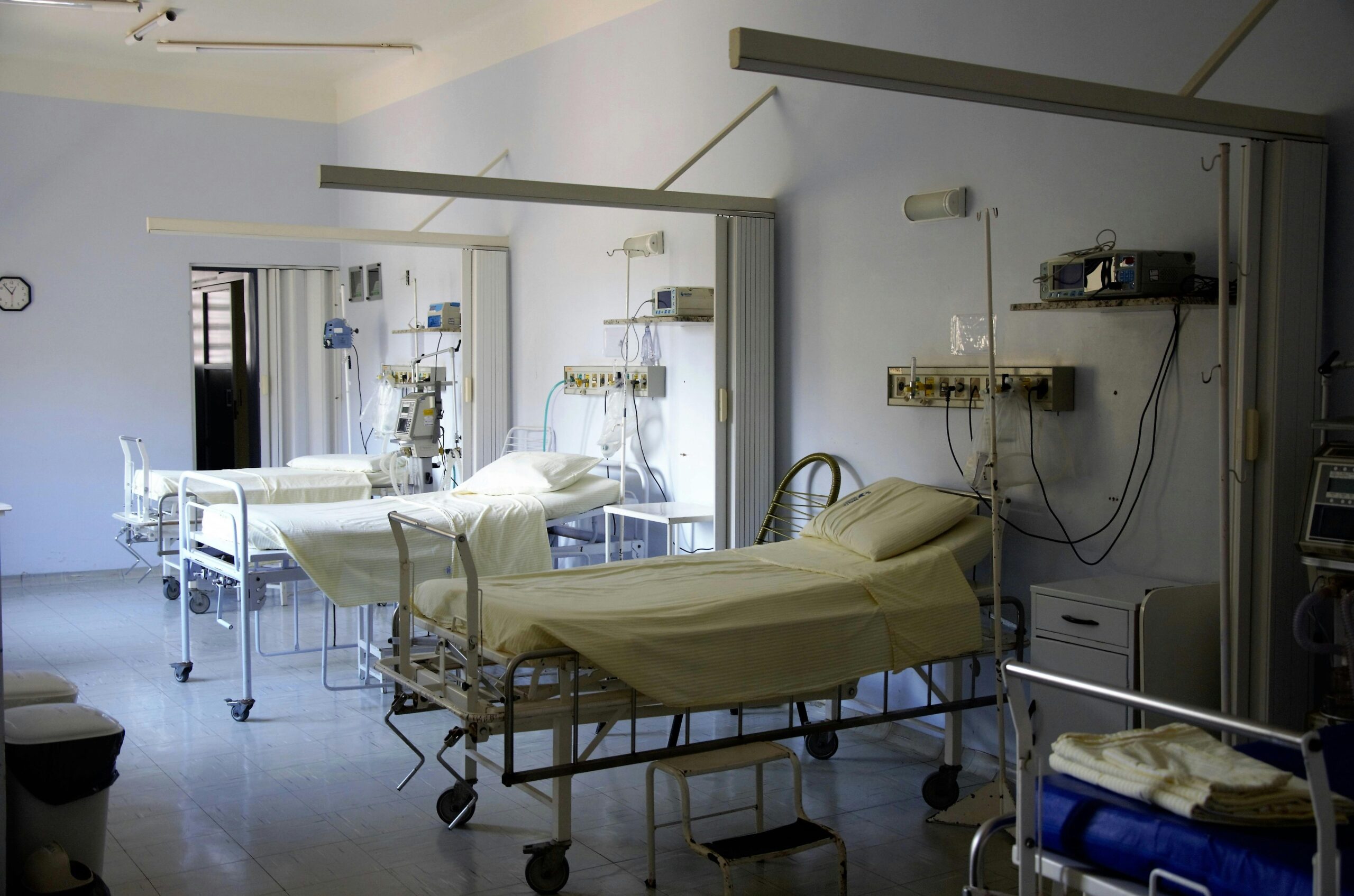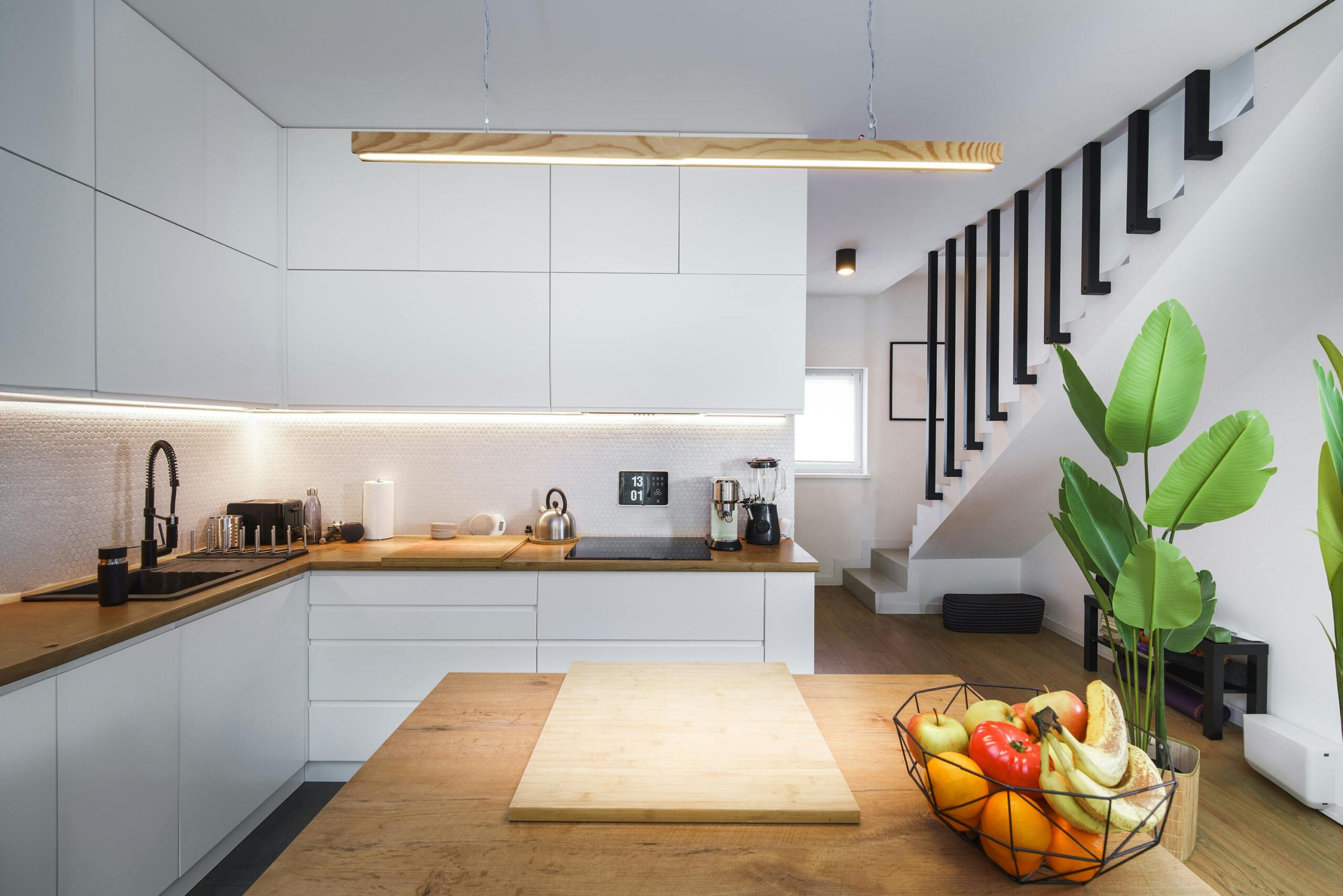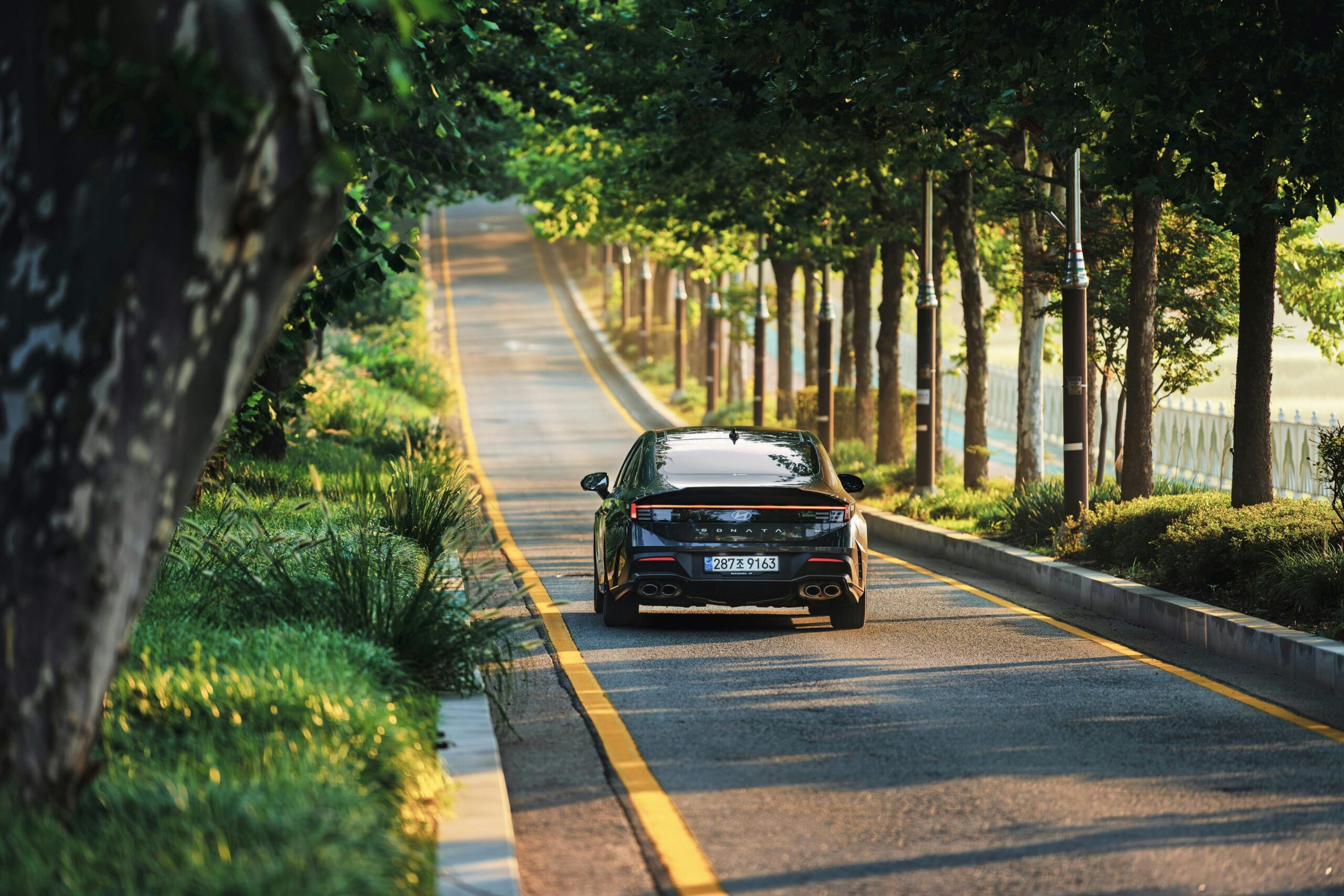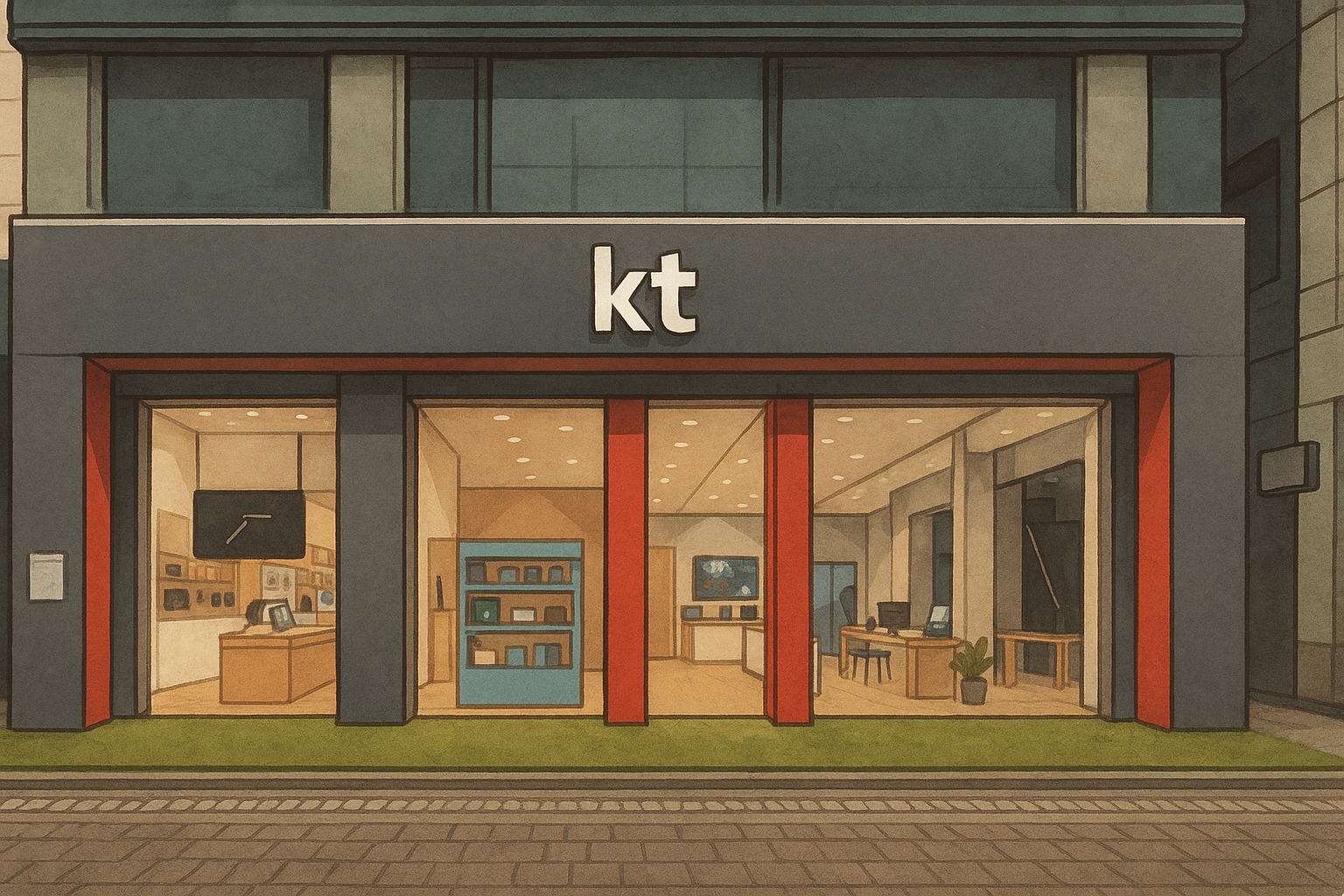Living in Seoul as a foreigner comes with its challenges, and healthcare can be one of the most stressful. Thankfully, several hospitals offer foreigner-friendly services, including English-speaking doctors, […]
Living in Seoul with Kids: Best Neighborhoods for Foreign Families with Elementary School Children
Moving to Seoul with kids can feel overwhelming, especially when you need to think not just about where to live, but where your child will go to school.As […]
자동차 검사 in Korea: What Foreign Drivers Should Know
If you’re a foreigner living in Korea and own a used car, there’s something important you shouldn’t overlook — the periodic vehicle inspection.I remember being surprised the first […]
Do You Need Cash While Staying in Korea?
A Foreigner’s Guide to Spending Money in South Korea South Korea is widely known for its advanced technology — and yes, it’s true: credit cards, debit cards, and […]
How to Get a Residence Card in Korea (Alien Registration Card)
If you’re planning to stay in Korea for more than 90 days, you are legally required to apply for a Residence Card (commonly known as an Alien Registration […]
How to Buy a Used Car in Korea as a Foreigner
Buying a used car in Korea is possible for foreigners and often convenient for long-term residents such as international students, workers, or professors.In this guide, I’ll explain how […]
How to Open a Bank Account in Korea – A Local’s Guide for International Students and Residents
Foreigners can open a bank account in Korea. However, the process and available services differ depending on whether you have an Alien Registration Card (ARC). Without an ARC, […]
How to Get a Phone in Korea – Tips for International Students and Travelers
If you’re new to Korea, one of the first things you’ll need is a local mobile phone number — for banking, deliveries, school registration, and even entering buildings […]
How to Get from Incheon Airport to Downtown Seoul – A Friendly Guide for First-Time Visitors
If you’ve just landed in Korea — welcome!Whether you’re here to study, work, or travel, your first mission after landing at Incheon International Airport is: how do I […]
How Much Does It Cost to Study in Korea?
f you’re planning to study in Korea, one of the first things you might wonder is: How much will it cost?As someone who lives here, I’d like to […]







